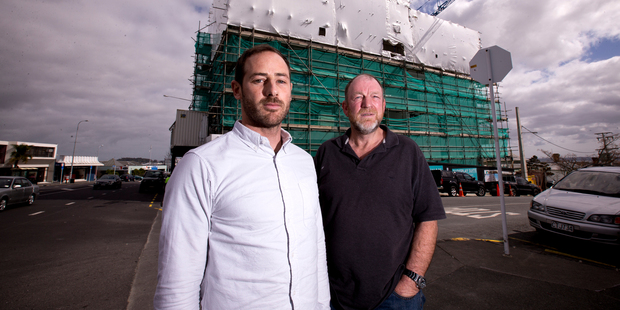Lockheed Martin Promises to Deliver Fusion Reactor in Just a Decade
Editor's Note: It looks like we won't be needing that high density housing after all.
There's a lot of talk about going green energy-wise these days, chiefly because piles and piles of scientific papers are constantly reminding us that climate change and global warming are having their way with our planet.
The thing is that, of the folks who like to refer to themselves as supporters of clean energy, some are in favor of mainstream green power sources such as wind, wave and sun.Others, like the folks behind technology company Lockheed Martin, have something entirely different on their mind. In a nutshell, these people strongly believe nuclear fusion is the future of energy.
What the heck is nuclear fusion?
For those unaware, nuclear fusion is all about getting atoms to come together, cuddle up to each other and fuse. More precisely, it's about figuring out a way to compel two light atomic nuclei to get together and birth a heavier one.As explained by scientists, such a reaction – which, by the way, is the same one that fuels our Sun – releases massive amounts of energy. It doesn't, however, produce any radioactive waste or greenhouse gases.
Because of this, there are some people who very much like talking about nuclear fusion as if it were no more and no less than the holy grail of energy production.
What does Lockheed Martin have to do with it?
As it turns out, quite a lot. Thus, it was earlier this week when the company issued a statement saying that, having taken its time to research the ins and outs of nuclear fusion, it was confident that it would deliver a compact fusion reactor in about a decade.What's more, the technology company maintains that the compact fusion reactor it has in the works will be comparable to a Class 8 trailer tractor. Simply put, it will be way smaller than most people would expect it to be.
“Skunk Works team is working on a new compact fusion reactor (CFR) that can be developed and deployed in as little as ten years. Currently, there are several patents pending that cover their approach,” Lockheed Martin says.
“While fusion itself is not new, the Skunk Works has built on more than 60 years of fusion research and investment to develop an approach that offers a significant reduction in size compared to mainstream efforts,” it adds.
Interestingly enough, the company swears to it that it will be done building a prototype of this compact nuclear fusion reactor in about 5 years. Besides, it argues that, once all the details get sorted out, it will only take it a year to build the actual reactor.
The thing is that, up until now, the company has failed to publish any scientific papers detailing its approach when it comes to using nuclear fusion as an energy source. Hence, it might be wise to take its announcement with a grain of salt.
To learn more about what nuclear fusion is about and how Lockheed Martin believes it can forever transform the world we live in, check out the video below.








